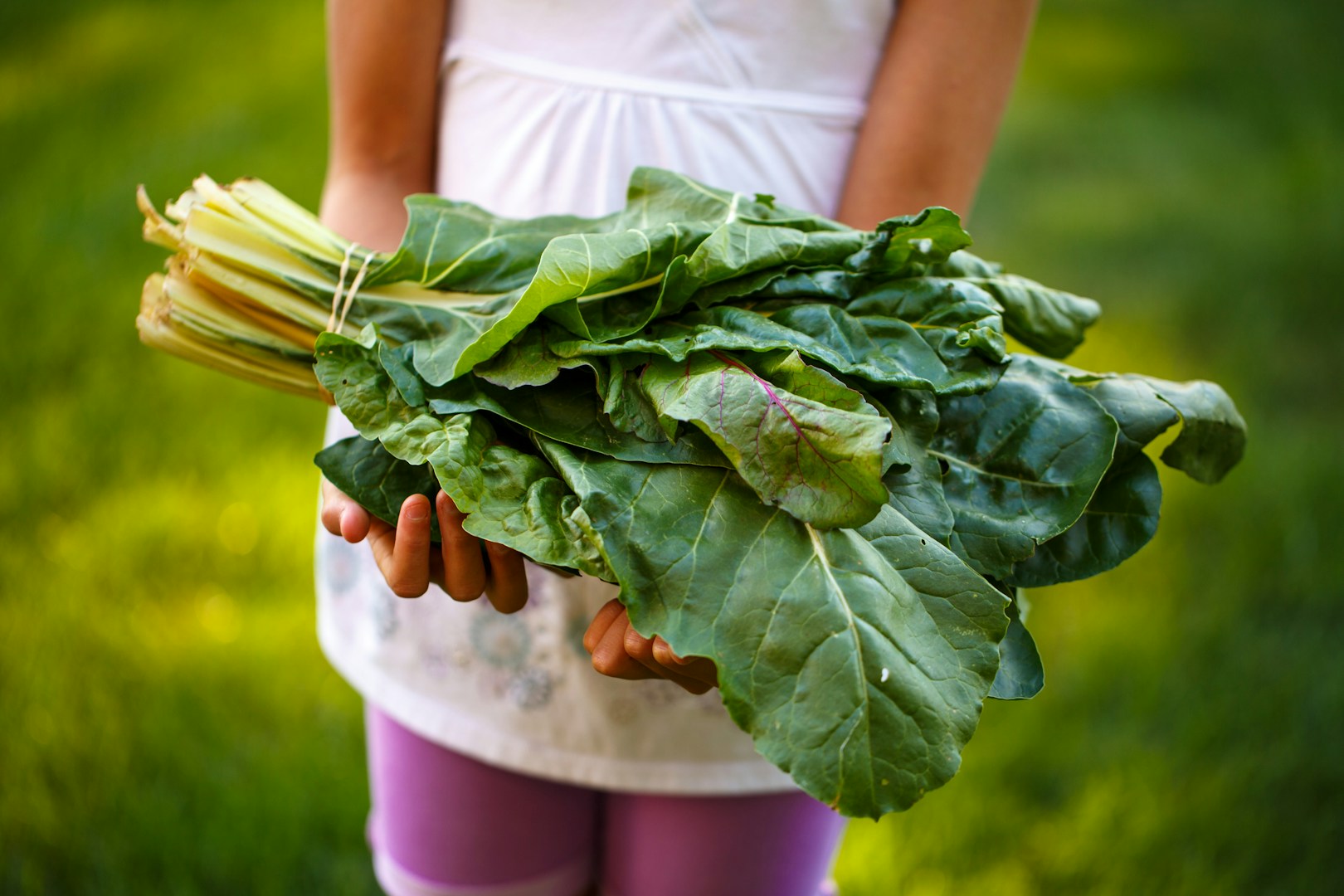Sarah Tracton
Dyadic Float is a handcrafted porcelain light that is a fusion of traditional ceramic techniques, fine art and cordless design technology. As a back-to-back porcelain sheet light, it incorporates the Kintsugi golden joinery technique, a process of repair, recycle and reuse which combats the environmental impacts of wastage. Kintsugi repair technique restores what was a piece of trash into a functional light. The golden scars and cracks of the broken ceramic
become the focus transforming Dyadic Float into a one of a kind exquisite work of art. The porcelain reveals a luminous, translucent light
that is functional and ambient.
IMAGE > Sarah Tracton, Dyadic Float, 2021, porcelain, LED, Perspex, gold leaf, 23 x 45 x 11 cm
Not for sale


In lockdown I began the process of incorporating Kintsugi into my design practice. My Design Fringe light, Dyadic Float,
used this process. Porcelain flat sheets are extremely difficult to fire and have an over 50% break rate. As a solution, instead of throwing
these precious sheets away, I used Kintsugi to completely restore and transform what was a piece of broken trash into a functional item. The
name of the technique is derived from the words “Kin” (golden) and “tsugi” (joinery), which translate to mean “golden repair.” This
technique is a take on sustainability, which involves turning trash into treasure, in the form of a functional light. As a lighting
designer, spending so much time in the home is particularly relevant to my practice as beautiful light is so crucial to creating an
ambient atmosphere in the spaces we inhabit.
The home as a space of sanctuary - studio, office and rest all under one umbrella! My process involves intensive hours spent in the studio
immersed in iridescent coloured stains, glazes, paper pulp, brushes, mixers and porcelain slip. In their early drying stage, the lights are
so fragile, that they they can break with the slightest mis-step on the way to loading the kiln for their firings of up to 1280 degrees.
This set up can be challenging in a home studio, as they need to be so carefully transported to the kiln. Porcelain is an exquisite, yet
challenging material to craft with as it’s so subject to sensitivities of temperatures and humidity in the atmosphere. So the temperature in
the studio has to be just right.


My local gem is the local community garden when I have a delicious plot of broad beans, chillies, silver beet and tomatoes. Green design at
its edible best.

My favourite room in the house is the dining room. My linear Lucent Collection pendant hangs here. The light has a cordless design, which
makes for a streamlined and minimalist visual aesthetic. The Australian porcelain emits a translucent and luminous glow that is truly
ambient. The functional heart of the room is the 1960s Danish teak table, which is a beautiful example of craftsmanship that will never
date.
My favourite design objects in my house are a stunning pair of Pierre Vandel vintage French side tables, which have a history and a
quality that’s unparalleled. With its luxe gold frame and bevelled glass, their surface is a place for my mirrored porcelain lamps to
reflect off.

IMAGES [Top to bottom] > All images courtesy of the artist. Recipe image source: unsplash.